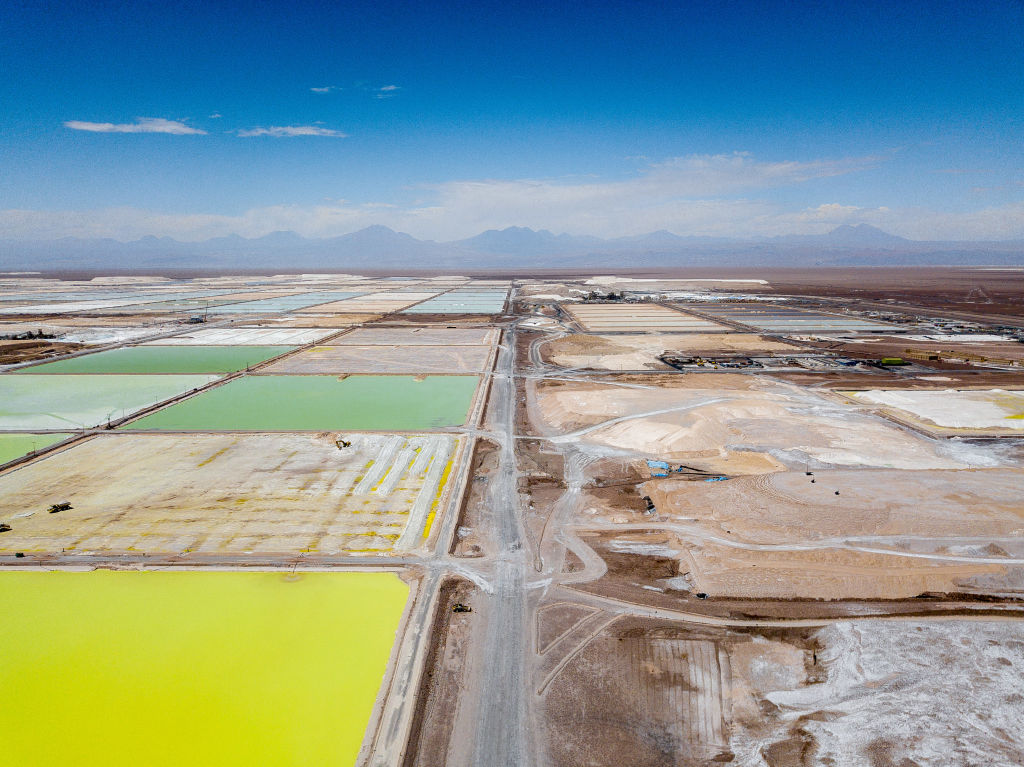Weathering the Storm
Weathering the Storm
While the outlook for markets remains uncertain, experts look to Latin America’s economic growth in recent years as a factor in how the region may weather a global economic storm.
A rocky week for global financial markets clouded events at the World Economic Forum (WEF) in Davos. In an effort to stave off recession, the Federal Reserve cut rates and the White House worked with U.S. Congress to unveil a stimulus package. Emerging markets began a rebound, but Guillermo Ortiz, the head of Mexico’s Central Bank, warned at Davos that the United States faces a rough economic ride and Latin America could start to feel the bumps.
Yet, while avoiding specific prognostications about the health of world markets, Ortiz said Latin America is better positioned than in the past to withstand damage wrought by a downturn in the U.S. economy. For much of 2007, when the subprime-mortgage crisis sparked Washington’s economic woes, Latin America’s emerging markets—along with Asian counterparts—weathered the storm.
Taking the case of Brazil, the stock market’s strength, the rise of the real against the U.S. dollar, and the global strength of commodity prices worked in the country’s economic favor. In a cautious article, the Economist notes “there are reasons to believe that the economy should cope better with whatever the world throws at it.” Among the reasons it counts is the Brazil’s integration into world markets.
Another is São Paulo’s burgeoning stock exchange, Bovespa, which accounts for roughly 70 percent of all Latin American trading and witnessed roughly a 100 percent increase in total trading value last year. Bovespa more than doubled its number of initial public offerings (IPO) to 64—up from 29 in 2006—and its own IPO became the largest in its history when it debuted in October 2007. As markets recovered following the Federal Reserve rate cut, Bovespa saw its highest jump in five years after news of Chinese growth. Bovespa’s rise also got a boost by news that Brazilian energy company Petrobras had discovered a natural gas field off the country’s coast. The field, known as “Jupiter” could be as large as the Tupi old fields discovered in October 2007.
How Latin American markets will fare remains in question, as discussion continues over whether emerging markets can “decouple” from the U.S. economy. The Financial Times notes that United States now accounts for fewer than 20 percent of exports from Brazil, Chile, Peru, and Argentina. But Walter Bolano of BCP Industries cautions the region will feel the effects of the global economy: “There is a cushion but it will disappear.”







